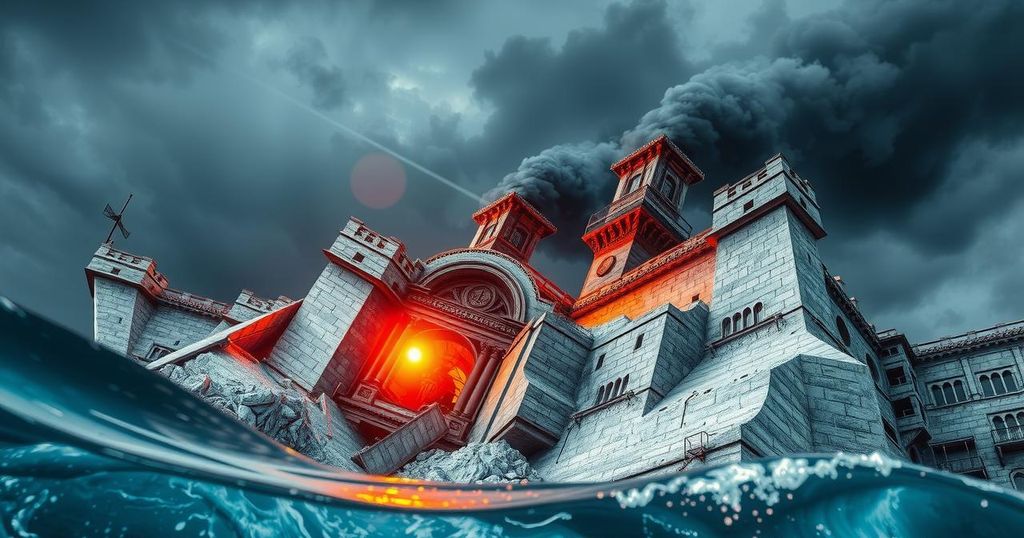Reflections on Historic Earthquake-Tsunami Disasters: Lessons Learned
The Deseret News archives recount the devastating earthquake and tsunami in Italy in 1908, resulting in 70,000 deaths, and the 2004 Indian Ocean tsunami, which claimed around 230,000 lives. These events underscore the challenges coastal communities face in the wake of such disasters, with significant historical context provided by more recent tsunamis, including the one in Japan in 2011.
The Deseret News archives document significant seismic events, notably the disastrous earthquake and tsunami that struck Italy in 1908 and Indonesia in 2004. On December 28, 1908, a 7.1 magnitude earthquake devastated the cities of Messina and Reggio Calabria, resulting in at least 70,000 fatalities, marking it as Europe’s deadliest earthquake. This catastrophic event was reported widely, highlighting the immediate global response to such tragedies, particularly during the holiday season when communities were most vulnerable to loss.
Additionally, on December 26, 2004, a 9.1 magnitude earthquake beneath the Indian Ocean unleashed a tsunami with towering waves that claimed around 230,000 lives across several nations. The impact of such disasters is profound, often exceeding mere death tolls, as they disrupt entire communities and challenge established emergency response protocols._
Moreover, the 2011 tsunami in Japan, caused by an earthquake measuring 9.0 on the Richter scale, further exemplifies the devastation of such natural phenomena. The waves that followed, reaching speeds of nearly 500 miles per hour and heights of 10 meters, led to over 18,000 deaths. These tragedies remind us of the resilience and fortitude necessary for recovery in the face of nature’s wrath, as communities come together to aid victims and rebuild lives.
The subject matter at hand concerns the historical context of significant earthquake-tsunami events, exemplifying how natural disasters can devastate human populations and infrastructure. The earthquakes of 1908 in Italy and 2004 in Indonesia represent profound examples of this phenomenon, one of which was classified as the deadliest in European history. Furthermore, the recent history of seismic activity, particularly the massive tsunami in Japan in 2011, raises concerns about preparedness and resilience among coastal communities.
In conclusion, the historical records from Deseret News reflect the monumental impact of earthquakes and tsunamis on societies throughout history. The tragic events of 1908 and 2004 serve as reminders of the vulnerability of coastal communities and the importance of preparedness. By examining past responses to such disasters, we can foster resilience and improve warning systems to better protect individuals and communities from future tragedies.
Original Source: www.deseret.com




Post Comment